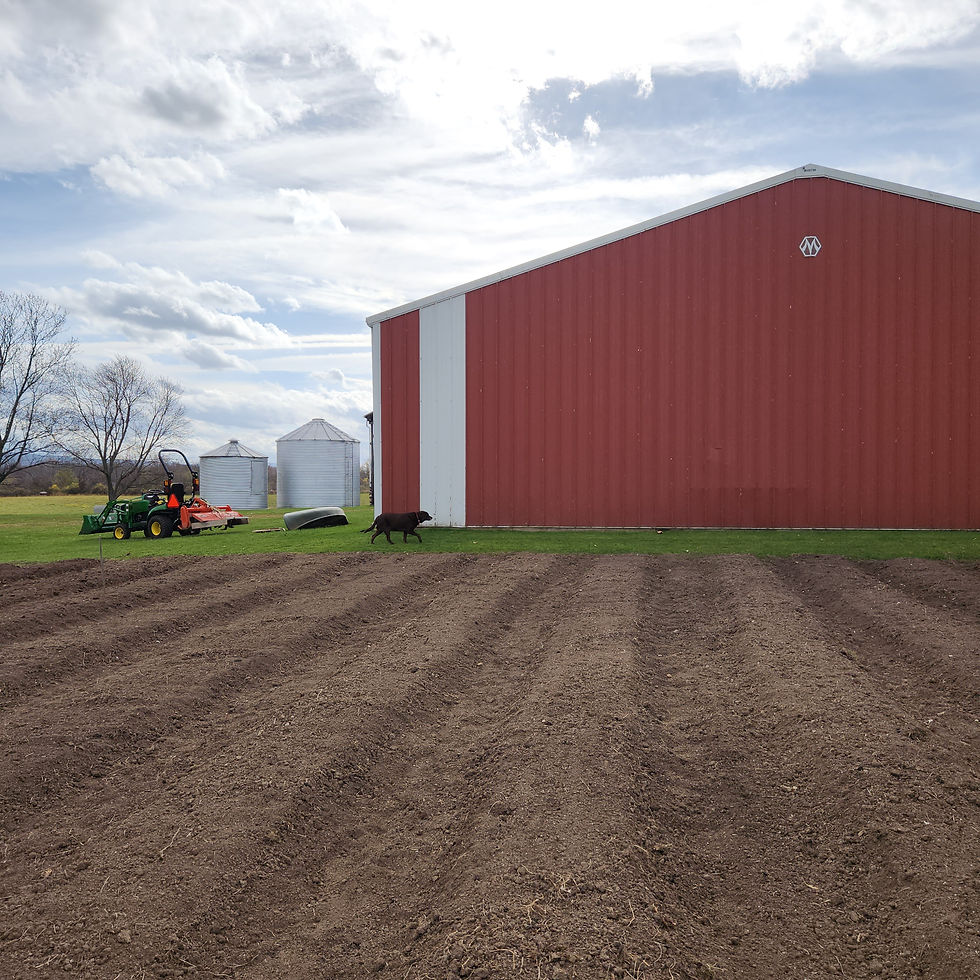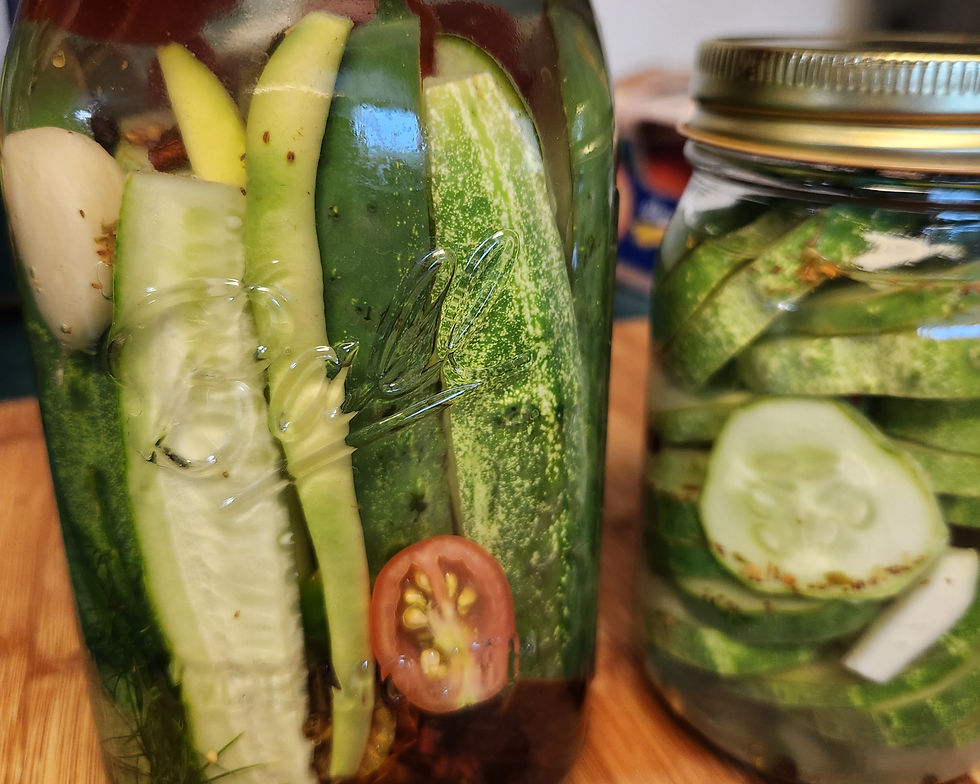
When is the Best Time to Plant Garlic in Your Growing Zone
- maybcrazygarlic
- Sep 29
- 3 min read
For home gardeners, the process of growing garlic can be both enjoyable and productive. However, timing plays a vital role. Knowing when to plant garlic based on your growing zone is crucial for a bountiful harvest. This post will help to guide you based on you time zone.
However, I do have to include my personal thoughts based on specific challenges in our region of recent years. The information below is only a guideline, I try to encourage whenever possible to plant intuitively and utilize all information available to you.
In our zone, 6B, we would typically begin planting our garlic in mid-October. Over the past couple of years, it has been milder throughout fall and into December, so we have been pushing it later into October, around the end of the month.
In the past year, like many in the Northeast we have been seen the spread of the Allium leaf miner. If you are unfamiliar with the leaf miner, you can get some great information from Cornell College Allium Leafminer | NYSIPM Fact Sheet. It appears this pest is here to stay, so that has also factored into when we are planting. They have a second life cycle in the fall that can last into November. The thought is that the later you plant (if you can push it to the 1st week of November) the less growth you will have above ground and the less likely that you will lay their eggs. So, as long as the weather is good, we will be planting in the 1st week of November. You can read up more on that from Penn state Plant Garlic Late to Avoid Allium Leafminer. We also cover our garlic in the spring to deter the leaf miner from laying eggs on the leaves. You may consider that also, if you are located in one of the affected states.
Read on for general planting time guidelines and if you have any questions, please don't hesitate to contact us. Happy planting!
Planting Zones Overview
The United States is divided into several planting zones, each with distinct climate features. The USDA Plant Hardiness Zone Map helps gardeners identify their specific zone.
You can locate your specific zone by visiting the USDA Plant Hardiness Zone Map and entering your zip code. Our garlic is of the hardneck variety and are best suited for colder climates, typically zones 1-6. It requires a period of vernalization or going through a freezing period, in order to produce actual bulbs. Therefore, we will cover planting in zones 1-6.
Understanding your zone helps determine the optimal planting time for garlic and if it will do will in your area.
When to Plant Garlic in Different Zones
Zone 1 and 2
In the coldest zones, plant garlic in the fall, typically between late September and early October. This timing allows the garlic to establish roots before the ground freezes.
If you miss the fall planting window, consider an early spring planting. However, be prepared for a lower yield as spring-planted garlic often produces smaller bulbs.
Zone 3 and 4
For zones 3 and 4, the best time to plant garlic is also in the fall, usually between mid-September and mid-October.
Garlic planted during the fall benefits from cold winter conditions that enhance flavor and bulb development. Spring planting can yield results, but bulbs may be smaller and less flavorful compared to fall-planted garlic.
Zone 5 and 6
In zones 5 and 6, garlic can be planted in the fall from late September to early November.
These regions have a long growing season, allowing garlic ample time to mature. Spring planting is an option, but for optimal flavor and size, fall is the preferred choice.
Preparing Your Soil
Regardless of your zone, soil preparation is key for successful garlic growth. Garlic loves well-drained, fertile soil with a pH between 6.0 and 7.0.
Before planting, enrich your soil with organic materials like compost or well-rotted manure. This improves both fertility and drainage. Testing your soil for nutrient levels is a smart step to ensure optimal growth conditions.
Planting Garlic
When planting, separate the cloves from the bulb, keeping the papery skins intact.
Plant each clove with the pointed end facing up, about 2 inches deep and 4-6 inches apart.
Cover with soil and water thoroughly.
Consider mulching with straw or leaves to retain moisture and suppress weeds, which can compete with your garlic.

Comments